The electric vehicle (EV) industry in North America is undergoing a significant transformation as Tesla's North American Charging Standard (NACS) gains widespread adoption. What began as a proprietary charging solution for Tesla vehicles has now evolved into a de facto standard, unifying the fragmented charging infrastructure across the continent. This shift marks a pivotal moment for automakers, charging networks, and consumers alike, promising a more seamless and efficient EV experience.
For years, the EV charging landscape in North America was divided between Tesla's NACS and the Combined Charging System (CCS), used by most other automakers. This duality created confusion and inconvenience for drivers, who often had to rely on adapters or seek out specific charging stations. However, Tesla's decision to open its charging network to other manufacturers has accelerated the momentum toward standardization. Major automakers, including Ford, General Motors, and Rivian, have announced plans to integrate NACS ports into their future vehicles, signaling a collective move away from CCS.
The advantages of NACS are hard to ignore. The connector is smaller, lighter, and more user-friendly than CCS, making it easier for drivers to handle. More importantly, Tesla's Supercharger network is renowned for its reliability and extensive coverage, addressing one of the biggest pain points for EV adoption—charging anxiety. By adopting NACS, other automakers can leverage this robust infrastructure, providing their customers with access to thousands of high-speed chargers across North America.
Charging network operators are also embracing the change. Companies like Electrify America and EVgo have announced support for NACS, ensuring that non-Tesla drivers will have even more options for fast charging. This collaboration between automakers and charging providers is critical for building a cohesive ecosystem that supports the growing number of EVs on the road. The transition won't happen overnight, but the industry is clearly moving toward a future where NACS is the dominant standard.
Despite the progress, challenges remain. Existing CCS-compatible vehicles will need adapters to use Tesla Superchargers, and some charging stations may require hardware upgrades to support NACS. Additionally, regulatory bodies will need to formalize NACS as an official standard to ensure consistency and safety across the board. Nevertheless, the collective push from industry leaders suggests that these hurdles will be overcome in due time.
For consumers, the shift to NACS is a win. A unified charging standard means fewer compatibility issues, greater convenience, and ultimately, a more compelling case for switching to electric vehicles. As the industry consolidates around Tesla's technology, the vision of a fully integrated EV ecosystem in North America is becoming a reality—one that could set a precedent for other regions around the world.
The rise of NACS underscores Tesla's influence in shaping the future of mobility. By opening its charging network and standardizing its connector, Tesla has not only solidified its position as a leader in the EV space but also demonstrated a commitment to advancing the industry as a whole. As more players rally behind NACS, the North American EV market is poised for accelerated growth, driven by a shared infrastructure that benefits everyone.
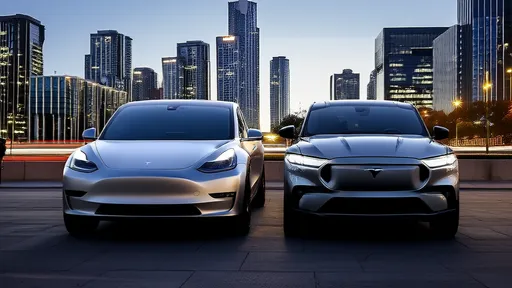
By /Jun 14, 2025

By /Jun 14, 2025
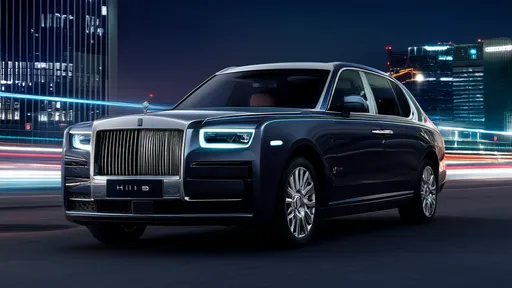
By /Jun 14, 2025
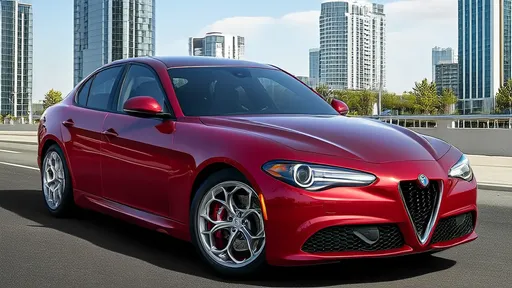
By /Jun 14, 2025
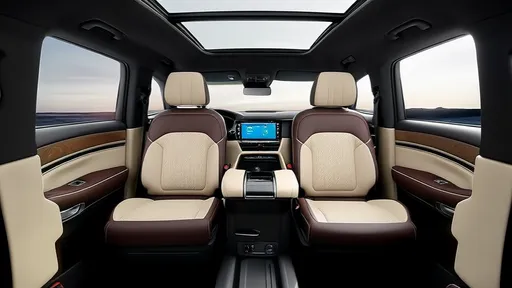
By /Jun 14, 2025
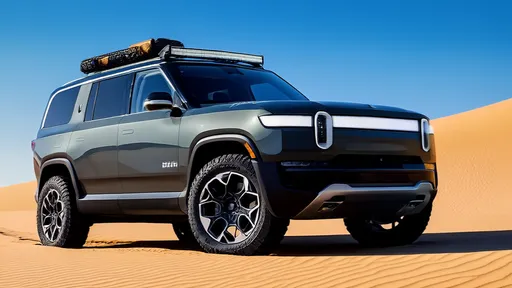
By /Jun 14, 2025
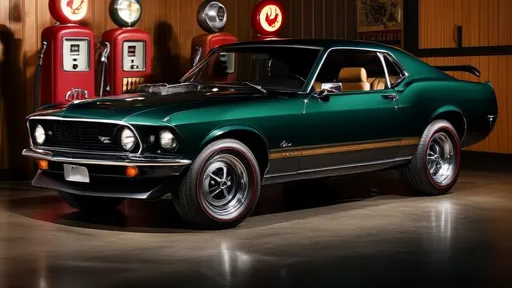
By /Jun 14, 2025
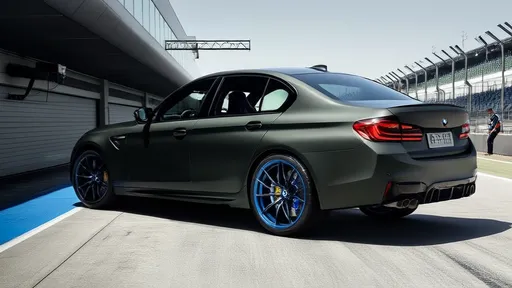
By /Jun 14, 2025
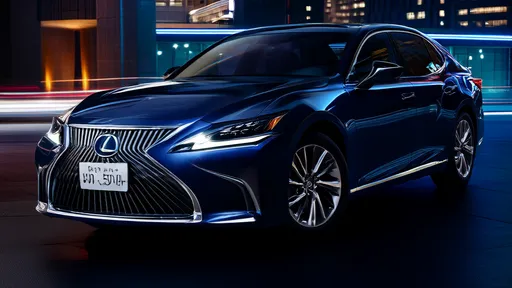
By /Jun 14, 2025
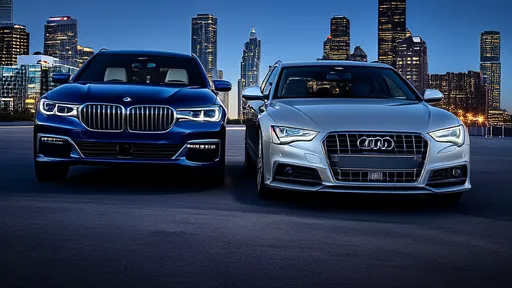
By /Jun 14, 2025
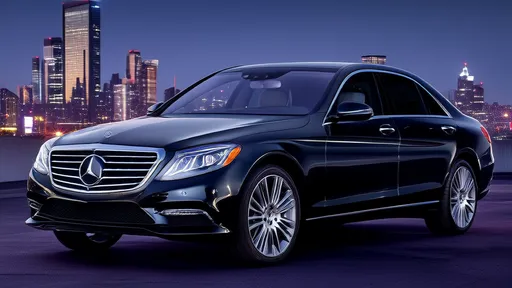
By /Jun 14, 2025
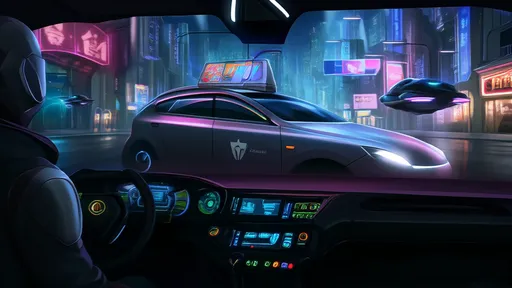
By /Jun 14, 2025
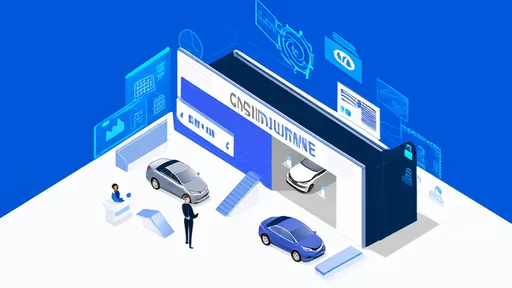
By /Jun 14, 2025
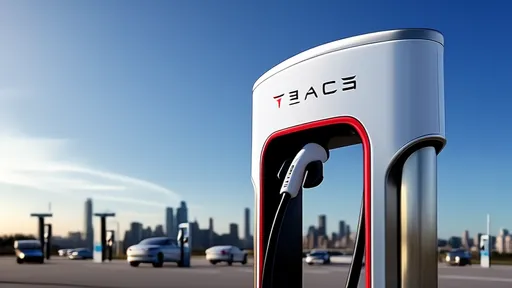
By /Jun 14, 2025
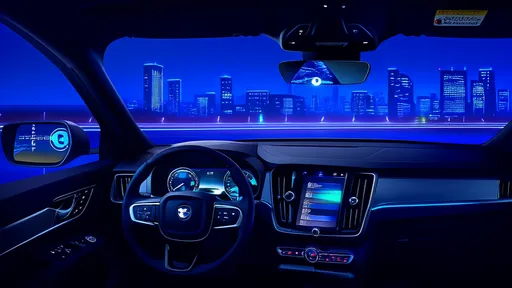
By /Jun 14, 2025
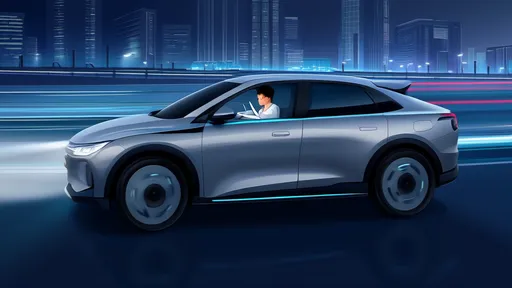
By /Jun 14, 2025

By /Jun 14, 2025